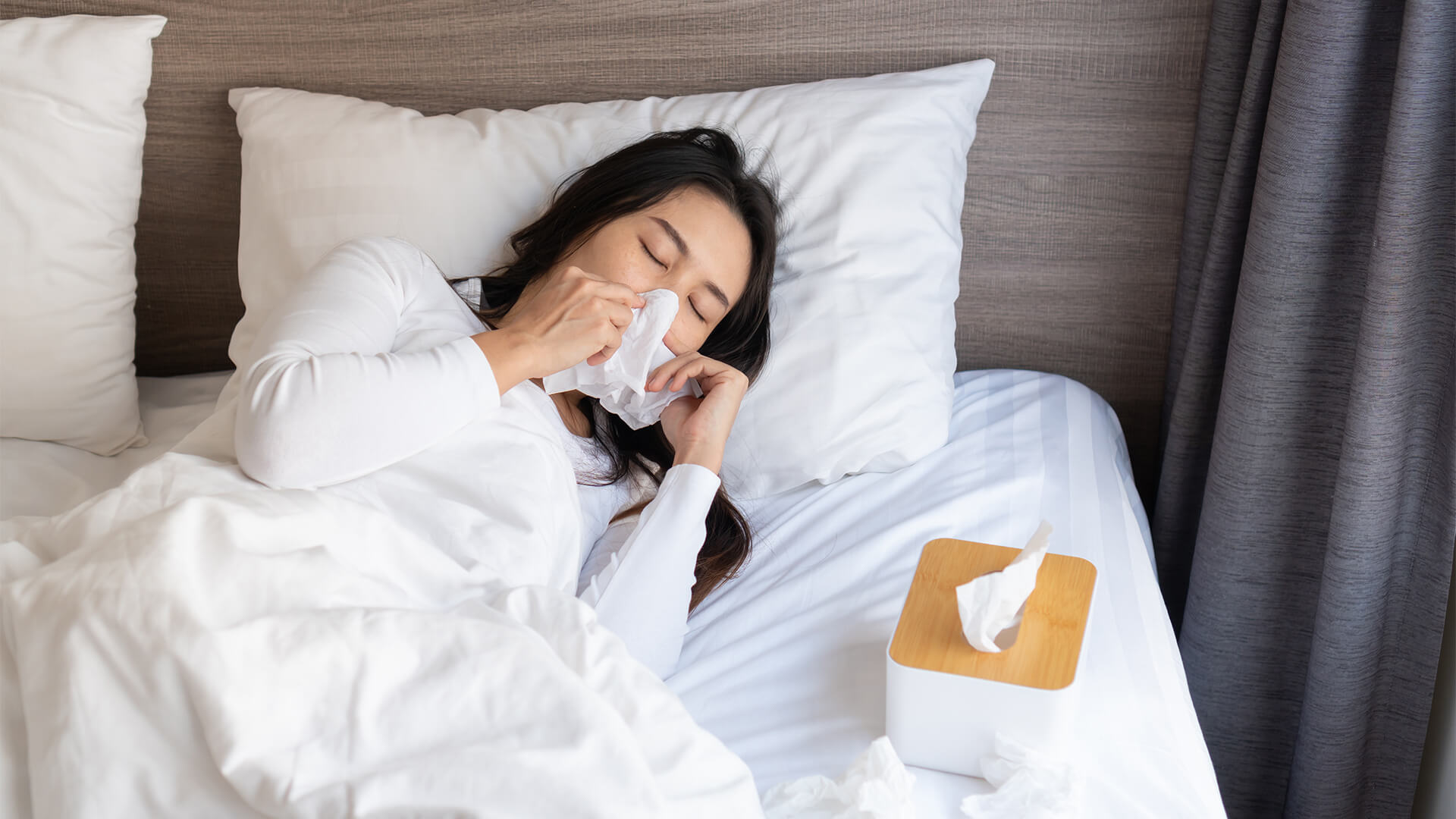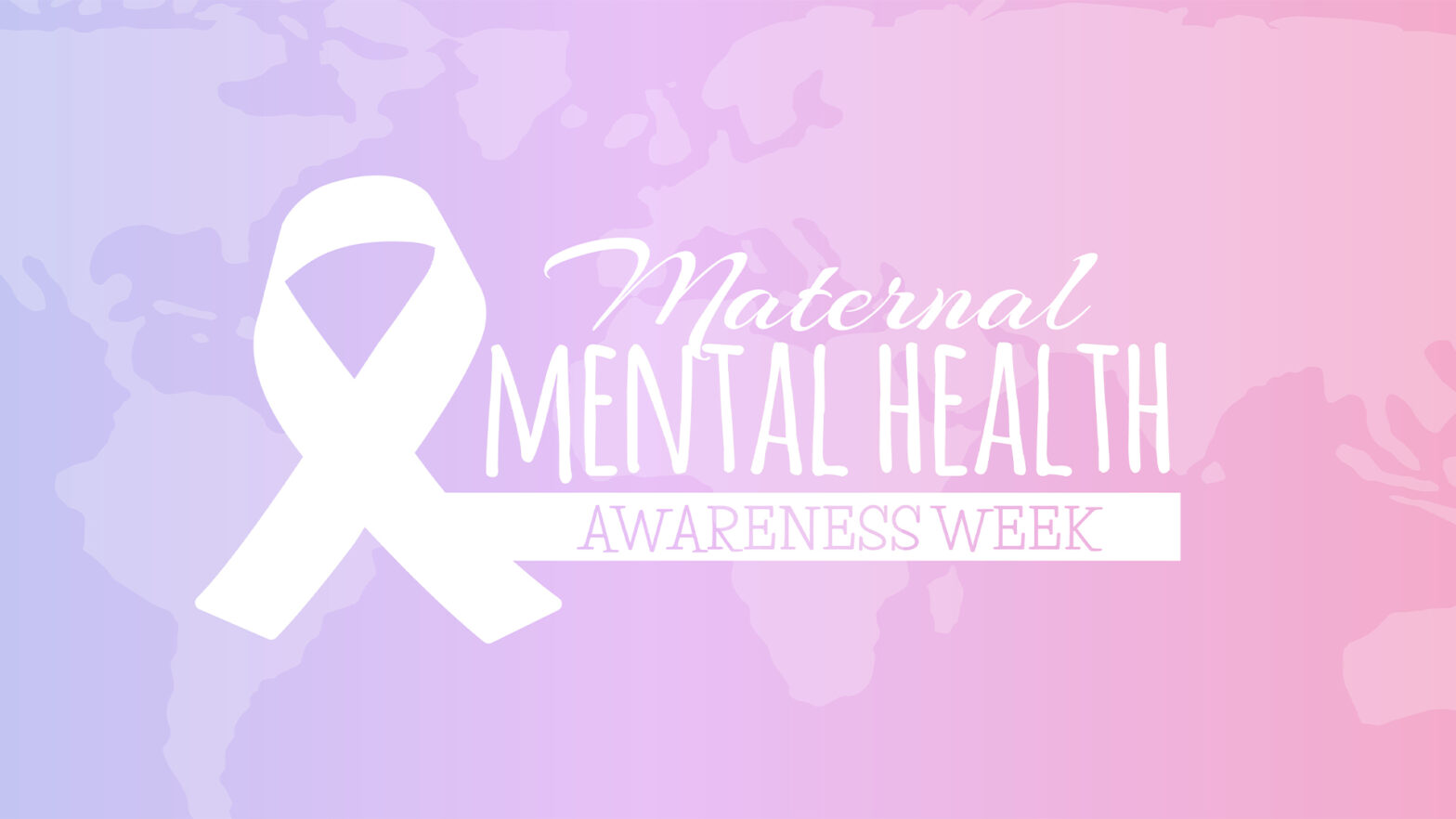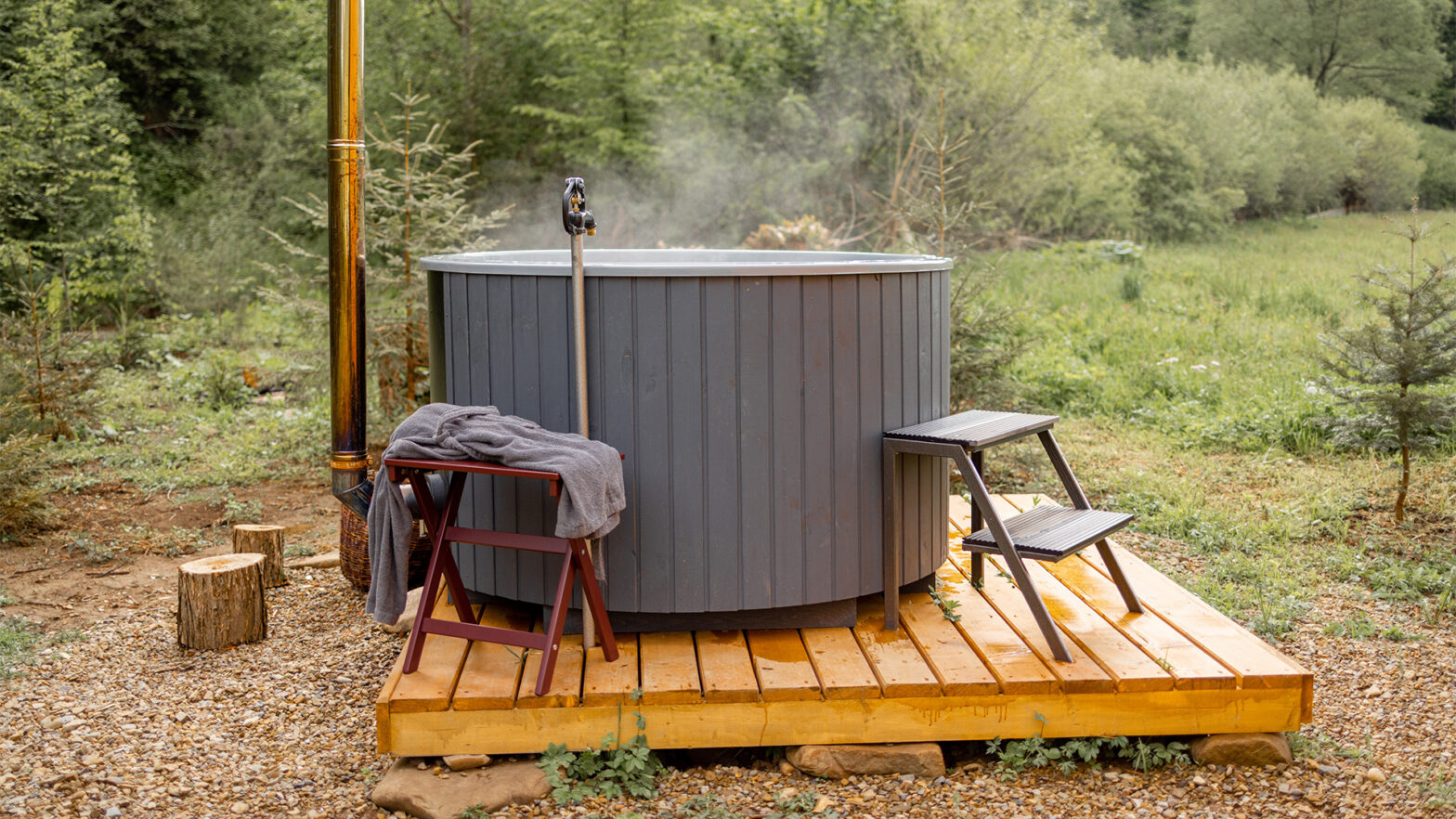
Spring is upon us, and whilst this means brighter, lighter days and rising temperatures, it also means the pollen count starts to rise and many of us will suffer with seasonal allergies. Most people assume hay fever symptoms only strike during the day, but they can be just as bad during the night, compromising all important sleep and making us feel tired during the day.
Martin Seeley, Sleep Expert and CEO of MattressNextDay shares 10 tips for preventing seasonal allergies from ruining your sleep.
Close all doors and windows
Closing windows and doors at night can prevent outdoor allergens, such as pollen, dust, and mold, from entering your home and triggering your allergies. Indoor allergens like pet dander, dust mites, and mold spores are also more likely to accumulate in a closed room, so keeping the windows and doors shut can reduce your exposure to these allergens. Closing windows and doors can help improve the air quality inside your home. When windows are open, dust, pollution, and other airborne particles can easily enter your home and cause irritation to your airways, making it difficult to breathe. By closing the windows and doors, you can keep these pollutants out and breathe in cleaner air.
Change up your laundry routine
During pollen season, pollen particles can easily stick to clothing and fabrics when you spend time outdoors. If you don’t wash your clothes regularly, these pollen particles can accumulate on your clothing and continue to trigger allergic reactions even when you’re indoors. This is especially important for people with allergies or asthma, as exposure to pollen can exacerbate their symptoms. Washing your clothes regularly during pollen season can help to remove pollen particles and other allergens that may have collected on your clothing, reducing the likelihood of allergic reactions. Additionally, it’s a good idea to shower and change your clothes after spending time outside during pollen season to further minimize your exposure to pollen.
Shower before bed
Showering before bed during pollen season can help to remove any pollen particles that may have accumulated on your skin and hair during the day. This is particularly important if you have been spending time outdoors, as pollen can easily stick to your skin and hair. By showering before bed, you can wash away the pollen particles that may have collected on your body, reducing the likelihood of allergic reactions during the night. This can be especially beneficial for people with allergies or asthma, as exposure to pollen can exacerbate their symptoms and interfere with their ability to get a good night’s sleep.
Dab vaseline on your nostrils to trap pollen particles
Putting Vaseline (petroleum jelly) on the inside of your nostrils can help to trap pollen and other airborne allergens, reducing their entry into your nasal passages and alleviating hay fever symptoms. When you apply a thin layer of Vaseline inside your nostrils, it creates a barrier that can help to capture pollen and other allergens before they enter your nose.
Throw a spare sheet over your duvet to create a pollen barrier
Covering your bed sheets with a separate sheet can create a barrier that helps to protect your bedding from pollen particles, reducing the risk of allergic reactions and hay fever symptoms. To create this barrier, you can place a clean sheet over your regular bedding, tucking it in around the edges to keep it securely in place. This extra layer can help to prevent pollen and other allergens from settling on your bedding and coming into contact with your skin and respiratory system. It’s important to wash the extra sheet frequently to remove any accumulated pollen particles. Additionally, it’s a good idea to wash your regular bedding at least once a week during hay fever season to remove any pollen or allergens that may have accumulated on your bedding.
Wash your bedding once a week at 60 degrees to kill pollen particles
Washing bedding on a high temperature can help to remove pollen particles and other allergens that may have accumulated on your sheets, pillowcases, and blankets, reducing the risk of allergic reactions and hay fever symptoms. When you wash your bedding at a high temperature, it can help to break down and remove pollen particles and other allergens that may be trapped in the fibers of your bedding. This can be especially important during hay fever season when pollen counts are high and exposure to pollen is more likely. Additionally, washing bedding on a high temperature can help to kill dust mites and other microorganisms that can trigger allergic reactions and exacerbate hay fever symptoms.
Tie back long hair to stop pollen falling in your face
Tying your hair up at night can help to prevent allergies and reduce the severity of hay fever symptoms by minimizing contact between your hair and your face. During the day, your hair can collect pollen particles and other allergens when you spend time outdoors. If you don’t tie your hair up at night, these allergens can transfer to your pillowcase and come into contact with your face, exacerbating hay fever symptoms and triggering allergic reactions. By tying your hair up at night, you can reduce the likelihood of allergens coming into contact with your face and reduce the severity of hay fever symptoms. Additionally, washing your hair before bed can help to remove any accumulated pollen or other allergens, further reducing the risk of allergic reactions during the night.
Invest in hypoallergenic bedding
Hypoallergenic bedding can help prevent seasonal allergies by reducing exposure to common allergens such as dust mites, pollen, and pet dander. Dust mites are microscopic creatures that feed on dead skin cells and thrive in warm and humid environments. They are a common trigger for seasonal allergies, and they can be found in bedding, mattresses, and pillows. Hypoallergenic bedding is designed to repel dust mites and prevent them from accumulating in your bedding. If you suffer from allergies, especially if you have allergic reactions during the night or upon waking up, it may be worth considering using a hypoallergenic mattress .
Pollen, another common allergen, is carried by the wind and can easily settle in bedding. Hypoallergenic bedding is made of tightly woven materials that prevent pollen from penetrating the fabric and coming into contact with your skin. Finally, pet dander is the microscopic flecks of skin shed by animals, which can also trigger allergies.
Keep your furniture dust free
Dusty furniture can cause allergies during the night because dust is made up of tiny particles that can easily become airborne and then inhaled while you sleep. When these particles enter your body, they can trigger an allergic reaction in some people. Dust is composed of many different substances, including dead skin cells, pet dander, pollen, and dust mites, all of which can be allergens. When these particles are inhaled, they can irritate the lining of the nose and throat, causing symptoms such as sneezing, congestion, and itchy, watery eyes. Additionally, when you are sleeping, you may be spending a lot of time in close proximity to your furniture, which can be a major source of dust accumulation. Dust can accumulate on surfaces, such as shelves, dressers, and nightstands, and be easily disturbed when you move around in your sleep, causing the dust particles to become airborne and increasing your exposure to potential allergens.
Take your antihistamines before bed
Taking an antihistamine before bed can help with allergies at night by reducing the symptoms caused by histamine, a chemical released by the immune system in response to an allergen. Histamine is responsible for a wide range of allergy symptoms, including sneezing, runny nose, itchy and watery eyes, and skin rash. By blocking the effects of histamine, antihistamines can relieve these symptoms and make it easier to sleep through the night. Many antihistamines also have a sedative effect, which can help you fall asleep and stay asleep. This is particularly useful for people who experience allergy symptoms that interfere with their ability to sleep, such as congestion, coughing, or itching. However, it’s important to note that not all antihistamines have a sedative effect, and some may cause drowsiness during the day. If you’re taking an antihistamine before bed, it’s best to start with a low dose and monitor how your body reacts. It’s also important to talk to your doctor before taking any new medication, especially if you have any pre-existing health conditions or take other medications.
















